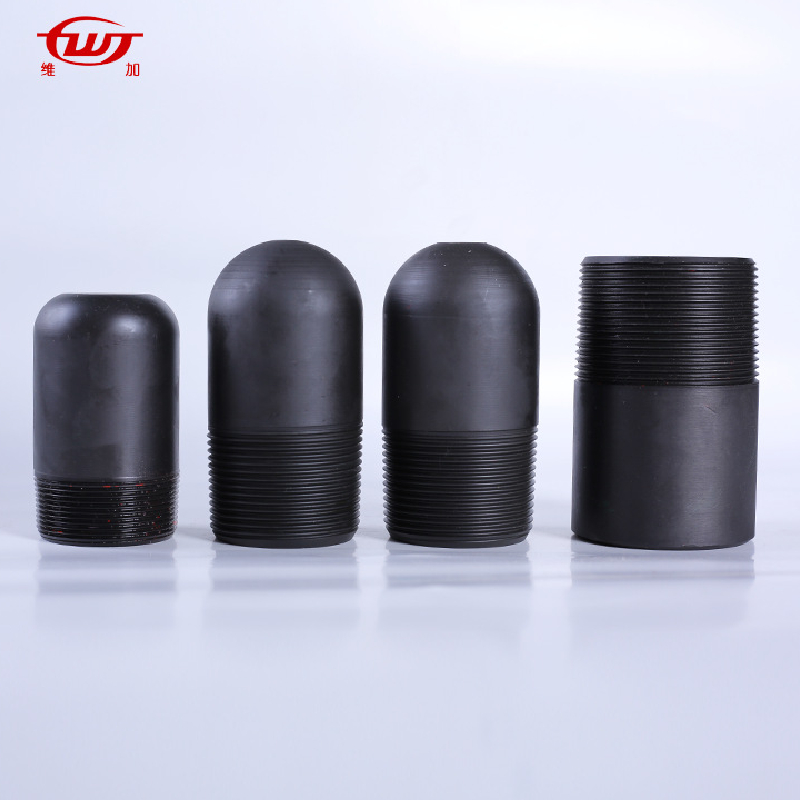- Afrikaans
- Albanian
- Amharic
- Arabic
- Armenian
- Azerbaijani
- Basque
- Belarusian
- Bengali
- Bosnian
- Bulgarian
- Catalan
- Cebuano
- Corsican
- Croatian
- Czech
- Danish
- Dutch
- English
- Esperanto
- Estonian
- Finnish
- French
- Frisian
- Galician
- Georgian
- German
- Greek
- Gujarati
- Haitian Creole
- hausa
- hawaiian
- Hebrew
- Hindi
- Miao
- Hungarian
- Icelandic
- igbo
- Indonesian
- irish
- Italian
- Japanese
- Javanese
- Kannada
- kazakh
- Khmer
- Rwandese
- Korean
- Kurdish
- Kyrgyz
- Lao
- Latin
- Latvian
- Lithuanian
- Luxembourgish
- Macedonian
- Malgashi
- Malay
- Malayalam
- Maltese
- Maori
- Marathi
- Mongolian
- Myanmar
- Nepali
- Norwegian
- Norwegian
- Occitan
- Pashto
- Persian
- Polish
- Portuguese
- Punjabi
- Romanian
- Russian
- Samoan
- Scottish Gaelic
- Serbian
- Sesotho
- Shona
- Sindhi
- Sinhala
- Slovak
- Slovenian
- Somali
- Spanish
- Sundanese
- Swahili
- Swedish
- Tagalog
- Tajik
- Tamil
- Tatar
- Telugu
- Thai
- Turkish
- Turkmen
- Ukrainian
- Urdu
- Uighur
- Uzbek
- Vietnamese
- Welsh
- Bantu
- Yiddish
- Yoruba
- Zulu
bull plug pressure rating
Understanding Bull Plug Pressure Ratings A Comprehensive Guide
Bull plugs, often referred to as end plugs or closures, are crucial components in various industries, particularly in oil and gas, chemical processing, and other high-pressure applications. These plugs serve to seal off the ends of pipes or vessels, ensuring that no media leaks during operation. Given their importance, it is critical to understand bull plug pressure ratings and how they impact safety and operational efficiency.
What is a Bull Plug?
A bull plug is a device designed to fit into the opening of a pipe or vessel, providing a secure seal. It is often made from durable materials such as steel, stainless steel, or high-grade polymer to withstand extreme conditions. Bull plugs can vary in size and configuration, accommodating different pipe diameters and pressure requirements.
The Importance of Pressure Ratings
Pressure ratings denote the maximum pressure a bull plug can handle safely without risking failure. These ratings are essential to ensuring safety and functionality in high-pressure environments. When selecting a bull plug, it is imperative to choose one that meets or exceeds the operational pressure of the system it will be used in. These ratings are typically defined by industry standards that take into account various factors, including material properties, design, and manufacturing processes.
Industry Standards
Bull plugs are often rated according to various industry standards such as ANSI (American National Standards Institute), ASME (American Society of Mechanical Engineers), and API (American Petroleum Institute). Each standard specifies the performance criteria for different types of fittings, including pressure ratings, temperature tolerances, and material specifications.
For instance, a bull plug rated for 150 psi at ambient temperature may not maintain that rating at elevated temperatures. Therefore, it is crucial to consider both the pressure and temperature ratings when selecting a bull plug for a specific application.
bull plug pressure rating

Factors Affecting Pressure Ratings
Several factors can influence the pressure rating of a bull plug
1. Material Composition The choice of material directly affects the strength and durability of the plug. High-strength alloys are typically used for high-pressure applications, while less demanding situations may only require standard steel.
2. Design Specifications The design of the bull plug, including its shape and any features like grooves or threads, can also impact its ability to withstand pressure.
3. Temperature Conditions Temperature plays a critical role in determining the pressure rating. High temperatures can weaken materials, thereby reducing their pressure threshold.
4. Corrosion Resistance In environments where corrosive substances are present, the material's resistance to chemical degradation is crucial. Stainless steel or specially coated plugs may be necessary.
Conclusion
Understanding bull plug pressure ratings is vital for ensuring safety and reliability in applications where pressure and material integrity are of utmost importance. Selecting a bull plug that meets the required pressure rating and aligns with relevant industry standards can significantly reduce the risks associated with high-pressure operations. Always consult with manufacturers and adhere to guidelines to select the appropriate bull plug for your specific needs. By doing so, you can help ensure safe and efficient operations within your industrial system.
-
Tubing Pup Joints: Essential Components for Oil and Gas OperationsNewsJul.10,2025
-
Pup Joints: Essential Components for Reliable Drilling OperationsNewsJul.10,2025
-
Pipe Couplings: Connecting Your World EfficientlyNewsJul.10,2025
-
Mastering Oilfield Operations with Quality Tubing and CasingNewsJul.10,2025
-
High-Quality Casing Couplings for Every NeedNewsJul.10,2025
-
Boost Your Drilling Efficiency with Premium Crossover Tools & Seating NipplesNewsJul.10,2025







